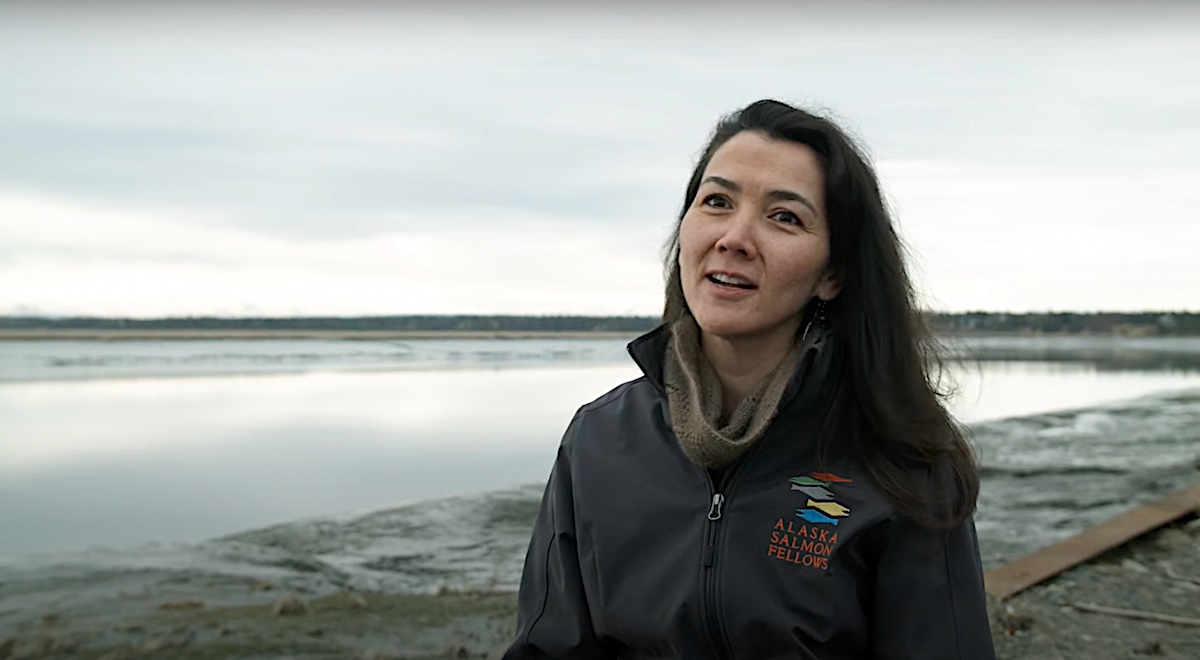
- Details
- By Rachel Sapin, IntraFish
- Economic Development
After years without representation on one of the most influential decision-making bodies in America’s seafood industry, agencies and lawmakers are pushing for tribal representation on the powerful North Pacific Fishery Management Council (NPFMC).
The council plays a key role in managing US fisheries such as Alaska pollock under the authority of the Magnuson-Stevens Act, the primary law governing marine fisheries management in federal waters.
There are currently 15 members on the council, largely made up of US seafood industry representatives, representatives from National Oceanic and Atmospheric Administration (NOAA) and state agencies in Alaska, Washington state and Oregon.
In his Magnuson-Stevens Act reauthorization bill, Representative Jared Huffman, a California Democrat, asked specifically that the NPFMC have two individuals “appointed from Indian tribes in Alaska” to strengthen the transparency of the act.
[EDITOR’S NOTE: This story was originally published by trade publication IntraFish and is republished with permission.]
Mary Sattler Peltola, executive director of the Kuskokwim River Inter-Tribal Fish Commission, said in testimony before Congress that without a NPFMC seat or bodies advising the council, Alaska Natives have only had concerns heard “through a Governor’s office that has historically and presently prioritized those with private financial interests in the fisheries over the long-term subsistence interests of Alaska Natives.”
Peltola added that the lack of representation led to decisions “that do not take the rights or needs of our Native People into consideration and are actively eroding our way of life and our culture.”
Peltola’s testimony was focused on the management of declining Chinook salmon stocks in Western Alaska, an important subsistence fish for rural Native communities, which face hugely inflated prices for groceries, making subsistence harvests an important part of food supplies.
NPFMC Chair Simon Kinneen confirmed with IntraFish none of the current council members are tribal representatives.
Kinneen added that parties in a government-to-government process are the tribes and NOAA. The NPFMC cannot supersede NOAA’s authority on issues such as council structure, and “the Magnuson-Stevens Act does not designate seats for anyone, including tribes, with the exception of the state and agency seats,” he said.
The council is prohibited from lobbying Congress on any draft legislation, which means it is prohibited from making recommendations for or against such a decision, he added.
Ultimately, the US Congress has to take up the issue, Kinneen said, “and I understand that conversation is occurring and is under consideration in [Magnuson-Stevens Act] reauthorization drafts.”
“Regarding an undesignated seat,” he added, ‘it would be possible for one of the state governors to nominate a tribal member, and the Secretary of Commerce to appoint one.”
The NPFMC has added the role of a tribal liaison on the council staff in response concerns over adequate consultation and representation, Kinneen said.
Tribal consultations were also a primary topic of discussion at meetings of the North Pacific Council’s Community Engagement Committee, which was formed to improve two-way communication and help further develop the relationship between the council and smaller and more rural communities, with a focus on western Alaska communities, he said.
Conflicts at play in upcoming decisions
Citing an increasing decline in the halibut fishery in Alaska and the importance of the fishery to tribal subsistence users, the US government has also become vocal about Alaska Native tribes being a part of council membership.
In December, the NPFMC will decide between several alternatives that could decrease the annual halibut bycatch allowed by a group flatfish harvesting companies in Alaska known as the Amendment 80 fleet.
The US Department of the Interior (DOI) has expressed concerns that Alaska Native tribes have not been formally consulted on the bycatch decision.
In October, Assistant Secretary for Indian Affairs Bryan Newland sent a letter to Glenn Merrill, who represents NOAA’s Alaska Regional Office on the NPFMC, citing several issues with the council’s draft environmental impact statement on the halibut issue.
Newland raised concerns that the council was appearing to “leave open the possibility that consultation may not occur prior to final action” on halibut bycatch, despite a unanimous motion adopted by the NPFMC in February recommending the council review results of tribal consultation meetings “as early in the process as possible, preferably prior to [the NMPFC] final action.”
The NMPFC motion said the results of the consultation process, particularly those relating to the social impact of council decisions, would be incorporated into its final decisions in December.
However, the council wrote in its environmental impact statement on the halibut bycatch issue there are “no known peer-reviewed, published sources of local knowledge or traditional knowledge that would directly inform the analysis of the management actions being analyzed in this document.”
While the council reached out to Bering Sea Aleutian Islands communities and Alaska Native organizations for additional data sources on local knowledge and traditional knowledge, Newland said “formal government-to-government consultation would have been more appropriate and would have generated significantly more accurate and useful data.”
“Consultation with Tribal nations must be ‘regular, meaningful, and robust’ to facilitate true government-to-government engagement between Tribal governments and the federal government,” Newland wrote.
--
This story was originally published by IntraFish and is republished with permission.